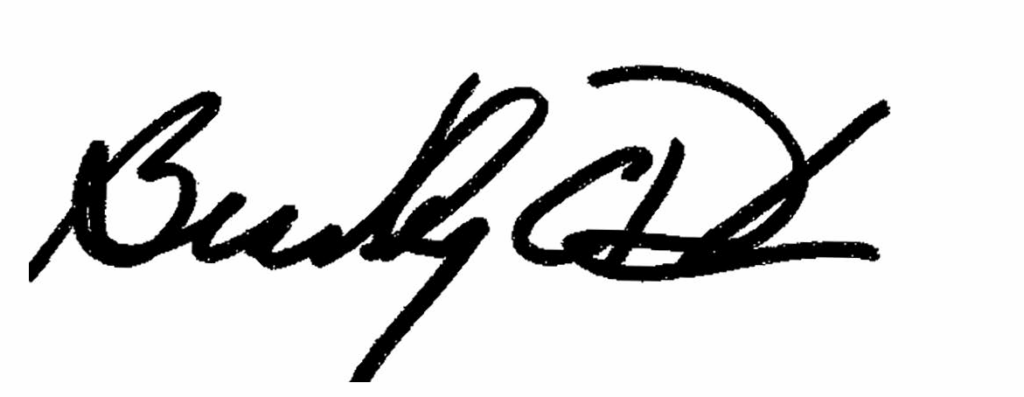I first met Chris Lowery during our days in Indiana manufacturing – he at Hillenbrand Inc. and I at Subaru of Indiana Automotive. In true Hoosier spirit, we shared best practices, swapped insights and collaborated around issues, such as environmental stewardship, to strengthen Indiana.
Over time, Chris made a bold decision to move from industry to education, leading him to become Indiana’s Commissioner for Higher Education. As he prepares to step down this October, I am reflecting on his career journey and lasting impact on Indiana.
A Career Highlighted by Service and Impact
Chris brings a wealth of experience from various fields, including industry, higher education and public service. Before entering the education field, he spent years in public policy and engagement for Hillenbrand. He also served as an aide to former Indiana Governor Robert D. Orr and U.S. Senator Dan Quayle.
His pivot to education came via Ivy Tech Community College. He served as Chancellor of Ivy Tech’s Columbus / Southeast regions, then assumed a broader system-level role as Senior Vice President of Workforce, Careers and Adult Strategy, overseeing Ivy Tech’s workforce initiatives. His faculty and staff roles enabled him to build experience at the intersection of education and industry.
In 2022, the Indiana Commission for Higher Education unanimously selected him to become the state’s Commissioner for Higher Education. Under his leadership, the agency made significant strides in bridging the gap between postsecondary education and workforce needs.
On July 29, 2025, Chris announced that he would resign effective October 10. He cited a health scare and a wish to spend more time on writing and personal projects.
The HOPE Agenda: A Strategic Vision for Indiana
Chris’s approach brought an industry lens to higher education governance, ensuring that student outcomes, labor market alignment and institutional accountability had a seat at the table.
One of Chris’s key projects as Commissioner was the HOPE Agenda (Hoosier Opportunities and Possibilities through Education). The plan orients Indiana’s higher education system toward measurable goals by 2030 and focuses on enhancing college enrollment, completion, and graduate retention. Some central elements of the plan include:
- Greater workforce alignment: Achieving alignment between educational programs and labor market demands by embedding employer voices, focusing on meaningful credentials and expanding work-based learning.
- Increased access, affordability and simplification: Streamlining student aid, freezing tuition/fees at public institutions (for a period) and making program reviews more rigorous to eliminate low-enrollment or redundant degrees.
- Enhanced program review and accountability: Requiring regular review cycles of degree programs at public institutions, which resulted in cutting, merging or suspending over 400 degree offerings.
These moves were not without controversy, especially when it came to balancing institutional autonomy, academic freedom and performance accountability — but they underscore the boldness of Chris’s agenda.
Delivering on His Promises and Leaving a Legacy
Under Chris’s leadership, college became more attainable for more Hoosiers. Specifically, he succeeded in impacting the following measures:
- Improving Indiana’s college completion ranking from 14th nationally to 9th.
- Increasing the number of students enrolled in the 21st Century Scholars program, partly due to automatic enrollment, expanding its reach from under 20,000 to approximately 50,000 for each cohort.
- Increasing FAFSA filing rates, pushing Indiana’s rank upward (from ~39th to ~15th in some cycles) in national FAFSA completion standings.
- Advocating for a two-year freeze on tuition at public institutions.
- Simplifying the use of funding and breaking down barriers to make it easier for students and employers to gain access to programs such as EARN.
- Increasing oversight and productivity expectations for faculties (e.g., teaching load, research output), greater public transparency (e.g., publication of syllabi) and improved data dashboards that link education programs to employment outcomes.
Why His Leadership Matters to Indiana and Me
What makes Chris’s tenure especially significant is how he bridged two worlds he knows well: industry and education. As someone who started in manufacturing, he led with a results-oriented mindset, understood workforce needs and built relationships with employers. Through that lens, he pushed for higher education that not only focuses on academic excellence but is responsive and relevant to Indiana’s future economic competitiveness.
He turned policy into implementation through education/industry alignment, advocating for degree reviews, better data, simplified financial aid and performance metrics for postsecondary institutions. Through the HOPE Agenda, he established a long-term strategic vision that will guide our state through 2030, during a time of incredible change and an evolving economic landscape.
As he steps down, Indiana will need a successor willing to value and sustain rigorous execution, as well as stakeholder convening and alignment across education, K–12, employers and government.
